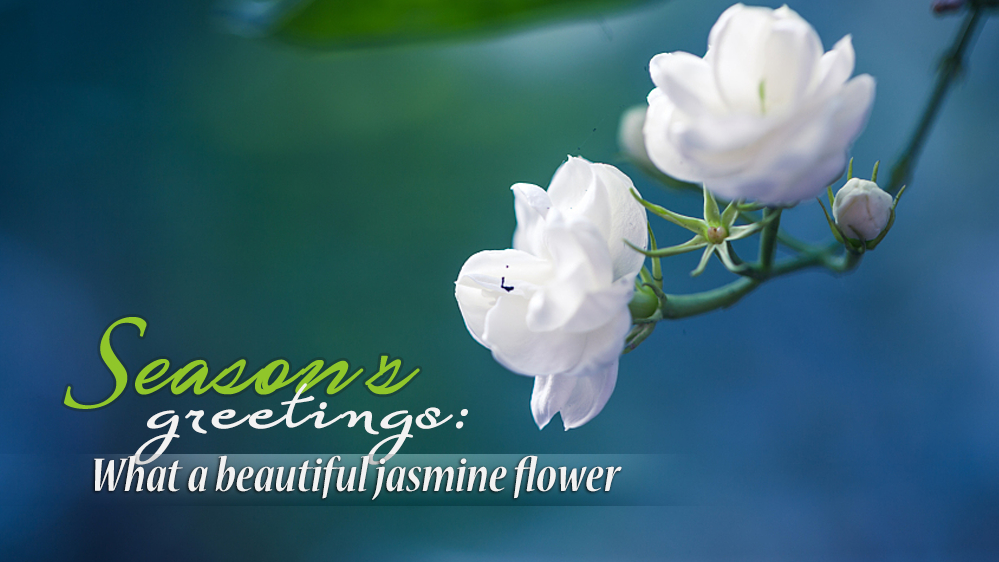
"What a beautiful jasmine flower
Sweet-smelling, beautiful stems full of buds
Fragrant and white, everyone praises it
Let me pluck you and
Give you to others
Jasmine flower, oh, jasmine flower"
This renowned folk song of China is also one of the best-known pieces of Chinese music overseas.
However, jasmine is not Chinese originally.
As early as the Han Dynasty (202BC-220AD), the appearance of jasmine was recorded in "Shi Ji," also known as the "Records of the Grand Historian."
According to "Shi Ji," jasmine originated in the ancient Roman Empire and was later transported to Dagu Persia and Tianzhu through the Maritime Silk Road.
After its arrival in India, jasmine was quickly called the sacred flower of Buddhism. Later, as Indian Buddhism was introduced to China, jasmine also spread to China.
During the Tang Dynasty (68-907), jasmine was just a flower for people to admire. At the end of the Song Dynasty (960-1279), the unique aroma made Jasmine and tea an enduring match.
It was not until the Ming Dynasty (1368-1644) that jasmine tea began to be commercialized.
There are a large number of cultural relics in history that record the scented tea at that time.
From the selection of raw materials to the method of jasmine scented tea, the steps are detailed and mature.

The largest jasmine producing area in China is south China's Guangxi, Hengxian County. At present, Hengxian's jasmine planting area exceeds 110,000 mu (over 73 million square meters) and the area has more than 330,000 flower farmers. The output of jasmine and jasmine tea both account for more than 80 percent of the country's total output, cementing Hengxian's status as the hometown of jasmine in China.
The local jasmine has the characteristics of early flowering, long flowering, large buds, high yield, good quality, and strong fragrance. According to historical records, the history of planting jasmine in Hengxian County began during the Ming Dynasty.
In recent years, Hengxian has not only made great efforts in planting, but also to continuously extend the industrial chain. Local enterprises are encouraged to develop the downstream industry of jasmine, producing a series of derivative products such as jasmine essential oil, jasmine cakes, and jasmine sachets that are widely consumed.
(Cover image designer: Du Chenxi)

